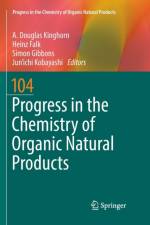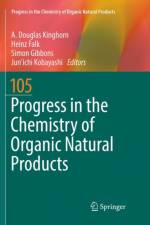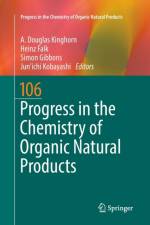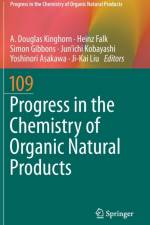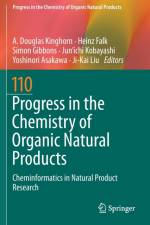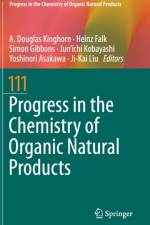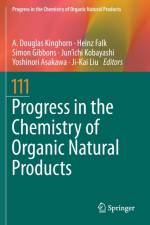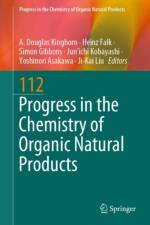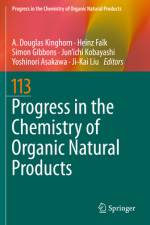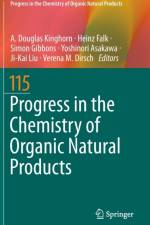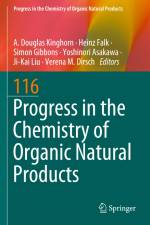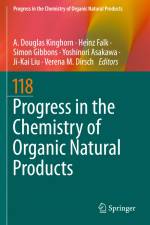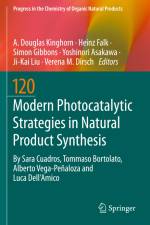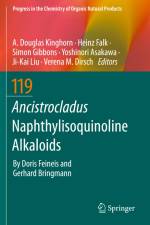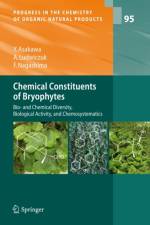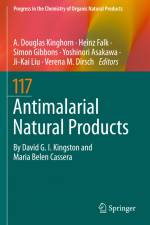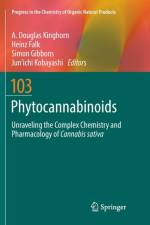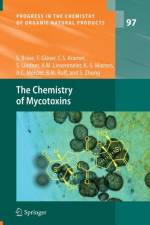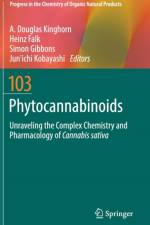av A. Douglas Kinghorn
2 021
The present volume is the third in a trilogy that documents naturally occurring organohalogen compounds, bringing the total number ¿ from fewer than 25 in 1968 ¿ to approximately 8,000 compounds to date. Nearly all of these natural products contain chlorine or bromine, with a few containing iodine and, fewer still, fluorine. Produced by ubiquitous marine (algae, sponges, corals, bryozoa, nudibranchs, fungi, bacteria) and terrestrial organisms (plants, fungi, bacteria, insects, higher animals) and universal abiotic processes (volcanos, forest fires, geothermal events), organohalogens pervade the global ecosystem. Newly identified extraterrestrial sources are also documented. In addition to chemical structures, biological activity, biohalogenation, biodegradation, natural function, and future outlook are presented.

